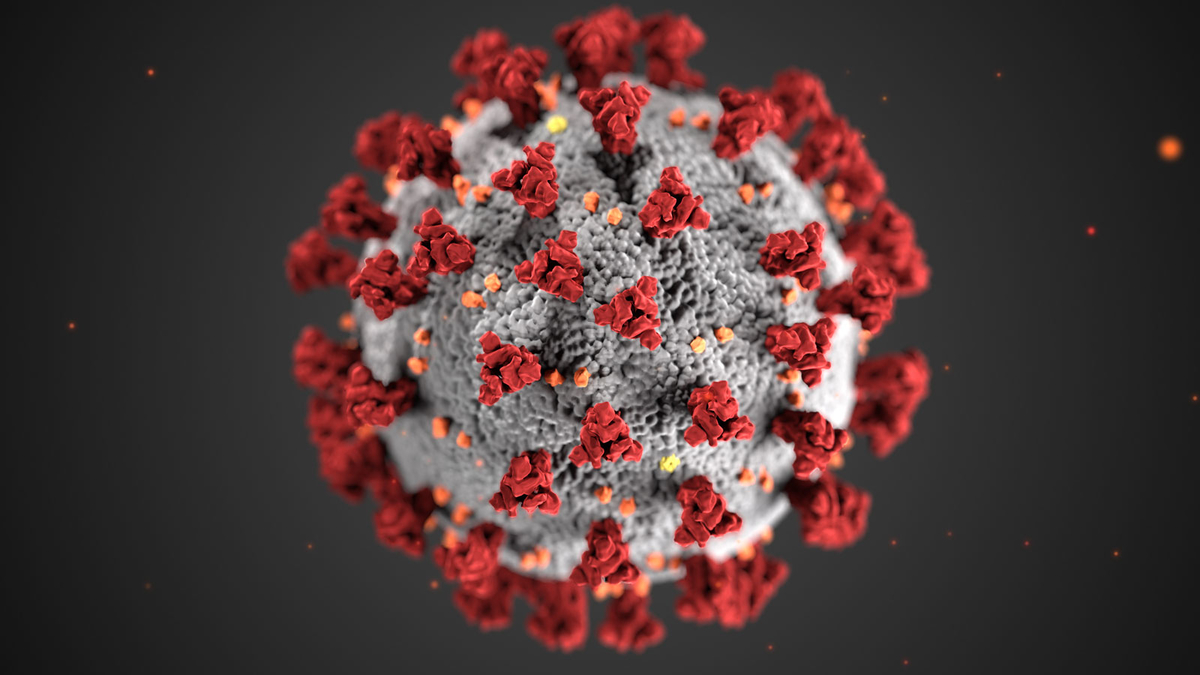Covid-19 infection linked to increased risk of Neuropathy
Researchers at Washington University School of Medicine in St. Louis have discovered that some people infected during the pandemic’s early months experienced peripheral neuropathy (pain, tingling, and numbness in the hands and feet) during and after their bouts with the virus, adding to a growing body of evidence that, for many, problems related to COVID-19 linger longer than the initial infection.
In a study of over 1,500 people tested for SARS-CoV-2 during the first year of the pandemic, researchers discovered that those who tested positive for the virus were about three times more likely to report pain, numbness, or tingling in their hands and feet than those who tested negative.
The findings were published online on March 24th in the journal Pain.
“Several viral infections — such as HIV and shingles — are associated with peripheral neuropathy because viruses can damage nerves,” said senior investigator Simon Haroutounian, PhD, chief of clinical research at the Washington University Pain Center. “We found that nearly 30% of patients who tested positive for COVID-19 also reported neuropathy problems at the time of their diagnosis, and that for 6% to 7% of them, the symptoms persisted for at least two weeks, and up to three months, suggesting this virus may have lingering effects on peripheral nerves.”
Haroutounian, an associate professor of anesthesiology and the director of the department’s Division of Clinical and Translational Research, said some patients who traced the beginning of their neuropathy symptoms to a COVID-19 infection sought treatment at the Washington University Pain Center. The majority of those in the study, on the other hand, reported mild to moderate problems and may not have sought help from a pain specialist.
“It’s critical to figure out whether a viral infection is linked to an increased risk of neuropathy,” he says. “For several years after the AIDS epidemic began, we didn’t realise HIV was causing neuropathy. As a result, many people went undiagnosed with neuropathy and went untreated for the pain that accompanied the condition.”
He believes the same is now true for patients suffering from neuropathy as a result of COVID-19. There is no established diagnosis of COVID-19-related neuropathy, but Haroutounian explained that, regardless of the cause, current neuropathy treatments are somewhat similar. Pain specialists use the same medications to treat peripheral neuropathy, whether it is caused by diabetes, HIV, or an unknown cause.
“There is a good chance we can still help these patients,” he says, despite the fact that there are no clear diagnostic criteria or even a recognised syndrome known as COVID peripheral neuropathy.
From March 16, 2020, to January 12, 2021, the research team surveyed patients who were tested for COVID-19 on the Washington University Medical Campus. 542 of the 1,556 study participants tested positive for COVID-19, while 1,014 tested negative.
According to Haroutounian, many of those who tested negative were tested because they were undergoing surgery or were already hospitalised with cancer, diabetes, or other health issues. Because of these pre-existing health issues, many of those who tested negative already had chronic pain and neuropathy unrelated to COVID-19, he explained, according to the journal.
Patients in the study who tested positive tended to be healthier and younger, and 29 percent reported neuropathy symptoms at the time of their diagnosis. This compares to neuropathy issues in approximately 13% of participants who had health issues but tested negative for COVID-19. According to him, this discovery strengthens the possibility that the virus is involved in the development of peripheral neuropathy symptoms.
Because the study was conducted at a single location, Haroutounian believes that additional research will be required to replicate the findings. Furthermore, much of the data was gathered when outpatient clinical research was halted due to the pandemic, which meant that study patients were evaluated based on their responses to a survey rather than in-person interviews and physical exams.
Read Also :FORDA WRITES TO MANDAVIYA IN RESPOND TO REQUEST FOR RISK HAZARD ALLOWANCE FOR RESIDENT DOCTORS
Contact us : Facebook





